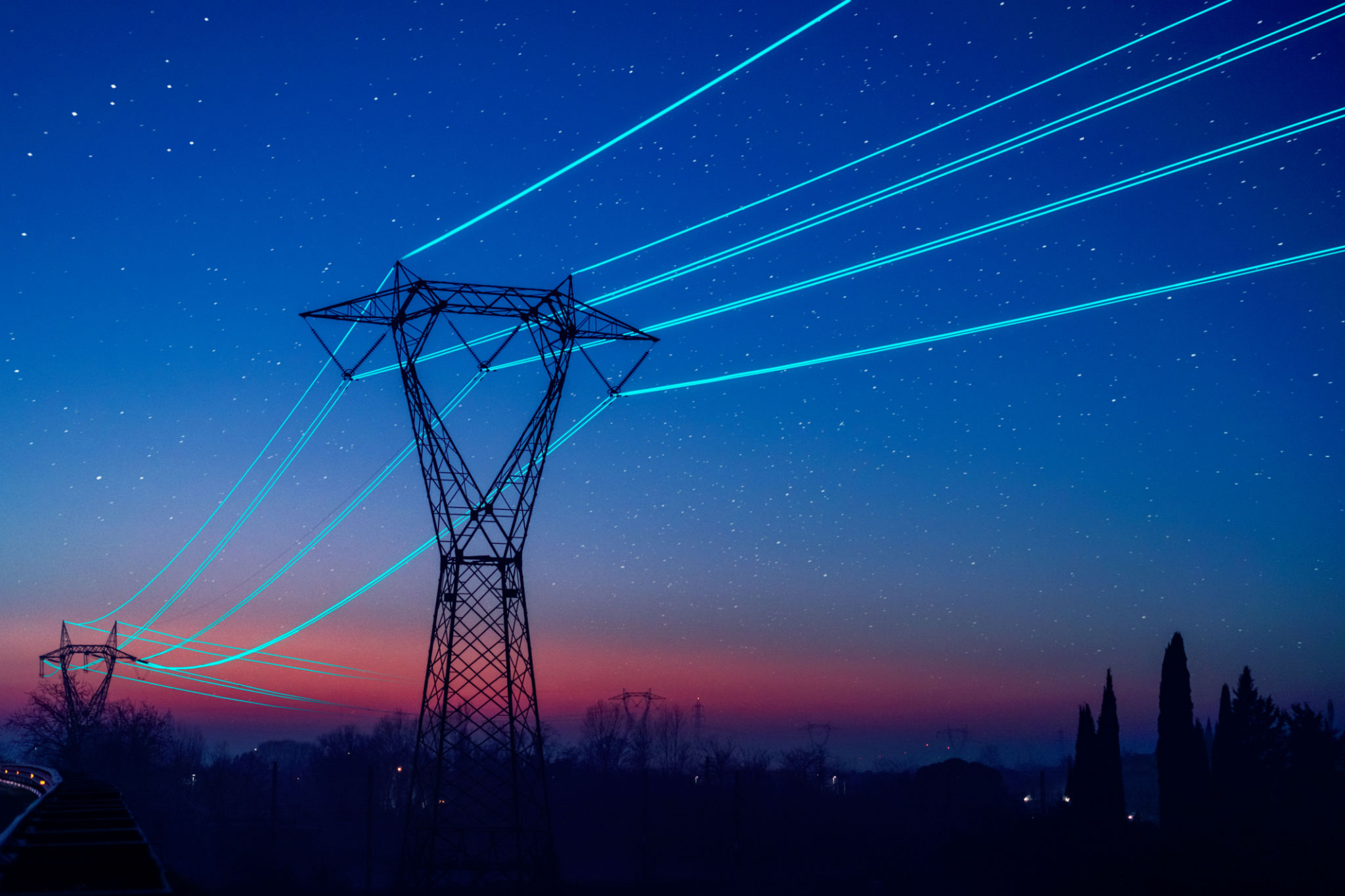Installing Bird-Flight Diverters: A Step-by-Step Guide for Energy Providers
Understanding Bird-Flight Diverters
Bird-flight diverters are essential tools for energy providers looking to minimize avian collisions with power lines. These devices help make power lines more visible to birds, significantly reducing the risk of collisions. Implementing these diverters not only protects bird populations but also helps avoid disruptions and potential repairs to power infrastructure.
The installation of bird-flight diverters is a proactive step that energy companies can take to contribute to environmental conservation while maintaining their operational efficiency. In this guide, we’ll walk you through the process of installing these diverters effectively.

Preparing for Installation
Before beginning the installation, it's crucial to plan and prepare appropriately. Start by conducting a site survey to identify high-risk areas where bird collisions are most likely. These areas are often near bodies of water, flyways, or habitats that attract large bird populations.
Once these areas are identified, gather the necessary equipment and materials. You will need diverters, safety gear, and installation tools such as ladders or lifts. Ensure that all personnel involved in the installation process are trained in both safety procedures and the use of the equipment.
Choosing the Right Diverters
There are various types of bird-flight diverters available, each suited to different environments and line types. Consider factors such as visibility, durability, and ease of installation when selecting diverters. Spiral and flapper-type diverters are popular choices due to their high visibility and simple installation process.

Installation Process
With preparation complete, it's time to install the diverters. Follow these steps for a successful installation:
- Safety First: Ensure all safety protocols are in place. This includes wearing personal protective equipment (PPE) and securing the installation site.
- Positioning: Install diverters at intervals recommended by the manufacturer, typically every 10 to 20 meters along the power line.
- Attachment: Use appropriate tools and techniques to securely attach each diverter to the power line. Ensure they are visible from all angles and can withstand weather conditions.
By carefully following these steps, you can maximize the effectiveness of bird-flight diverters in reducing avian collisions with power lines.

Post-Installation Considerations
After installation, it’s important to monitor and maintain the diverters to ensure they remain effective. Regular inspections should be scheduled to check for any damage or dislodgment caused by weather or other factors.
If issues are identified, repair or replace the affected diverters promptly. Keeping a log of inspections and maintenance activities can be beneficial for future reference and compliance with environmental regulations.
Long-Term Benefits
The installation of bird-flight diverters offers long-term benefits beyond immediate collision prevention. By reducing avian mortality rates, energy providers can improve their environmental stewardship and community relations. Additionally, minimizing collisions can lead to fewer outages and reduced maintenance costs over time.
Implementing bird-flight diverters is a win-win for both wildlife conservation and energy infrastructure reliability. By following this guide, energy providers can make informed decisions that benefit their operations and the environment alike.
